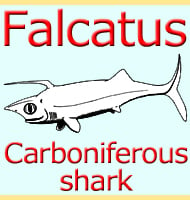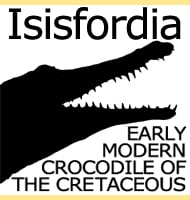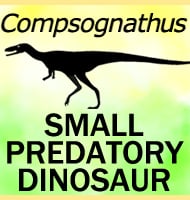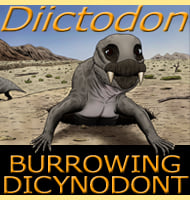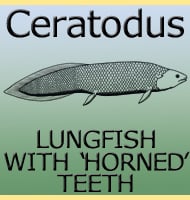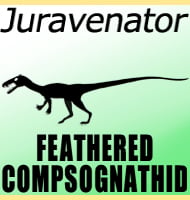In Depth
Maraapunisaurus was originally described as a species of the sauropod dinosaur Amphicoelias, and based upon the discovery of a partial vertebra reported to be of massive proportions, as well as a distal end of a femur that was also of equally massive proportions. These bones are among the largest dinosaur fossils ever reported, but there is a problem; they have vanished and no one knows where they are.
It would seem quite ridiculous that such large bones should be able to just disappear, but one detail that we know about them is that they were fossilised in mudstone, a very weak rock that can be damaged and eroded easily. We also know that at the time of their original description in the nineteenth century the fossils were probably not treated with preservatives to make them hard and resilient (some palaeontologists did, but others did not, the whole process of preserving fossils was still in its infancy). It is possibly that the fossils could have simply crumbled and broken apart after they were taken from the ground, and this is a theory postulated by Kenneth Carpenter when he named the Maraapunisaurus genus in 2018.
Whereas Amphicoelias was described as a relative to Diplodocus, and hence a diplodocid sauropod, Carpenter (2018) considers Maraapunisaurus to actually be a rebbachisaurid sauropod dinosaur. Rebbachisaurid sauropods were unknown at the time of the original Amphicoelias description (the type genus Rebbachisaurus was named in 1954, over seventy-five years after Amphicoelias was named.), and the 2018 naming and assessment of Maraapunisaurus as a rebbachisaurid sauropod certainly fits better with the shape of the original vertebrae. Using the genus Limaysaurus as a body double (Limaysaurus is one of the most completely known rebbachisaurids) and scaling the bones to match the known material for Maraapunisaurus has also lead to a reconstructed length of a little over thirty meters, a more believable estimate.
Further Reading
- Maraapunisaurus fragillimus, N.G. (formerly Amphicoelias fragillimus), a basal Rebbachisaurid from the Morrison Formation (Upper Jurassic) of Colorado. - Geology of the Intermountain West. 5: 227–244. - Kenneth Carpenter - 2018.


